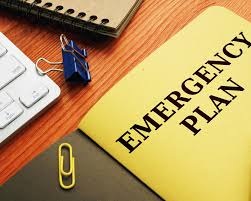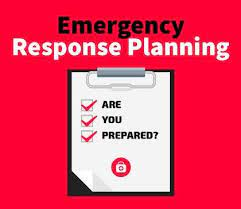A solid emergency response plan can make the difference between a minor incident and a major catastrophe. While most emergencies can be handled with the simple call of emergency services, there are some instances where special response may be necessary, such as a chemical spill that requires the services of a Hazardous Materials unit or downed power lines that require the attention of a utility company. To prepare your organisation for such situations, create a plan that includes key contact people and a list of emergency procedures. For a range of Spill Kits, contact a company like https://hydepark-environmental.com/spill-response/spill-kits

The main purpose of a response plan is to reduce damage and human injury. It specifies which staff members will be on the response team and who will call on emergency services for assistance. Ultimately, an emergency plan should help protect the company’s operations and assets, including its employees. Here are some ways to develop a plan for different situations.
One of the first steps in preparing an emergency response plan is to create an egress plan. An egress plan should include an updated floor plan of the entire property, identifying all emergency exits and routes. The egress plan should also include an emergency communication plan, which is vital in case of a crisis. The plan will also help respond to the needs of your employees and guests. Your employees will benefit from an accurate floor plan, and guests will appreciate it as well.

Another crucial element in an emergency response plan is determining the type of emergency that will arise. A fire, storm, or hazardous spill situation will all require different strategies to respond to the situation.








+ There are no comments
Add yours